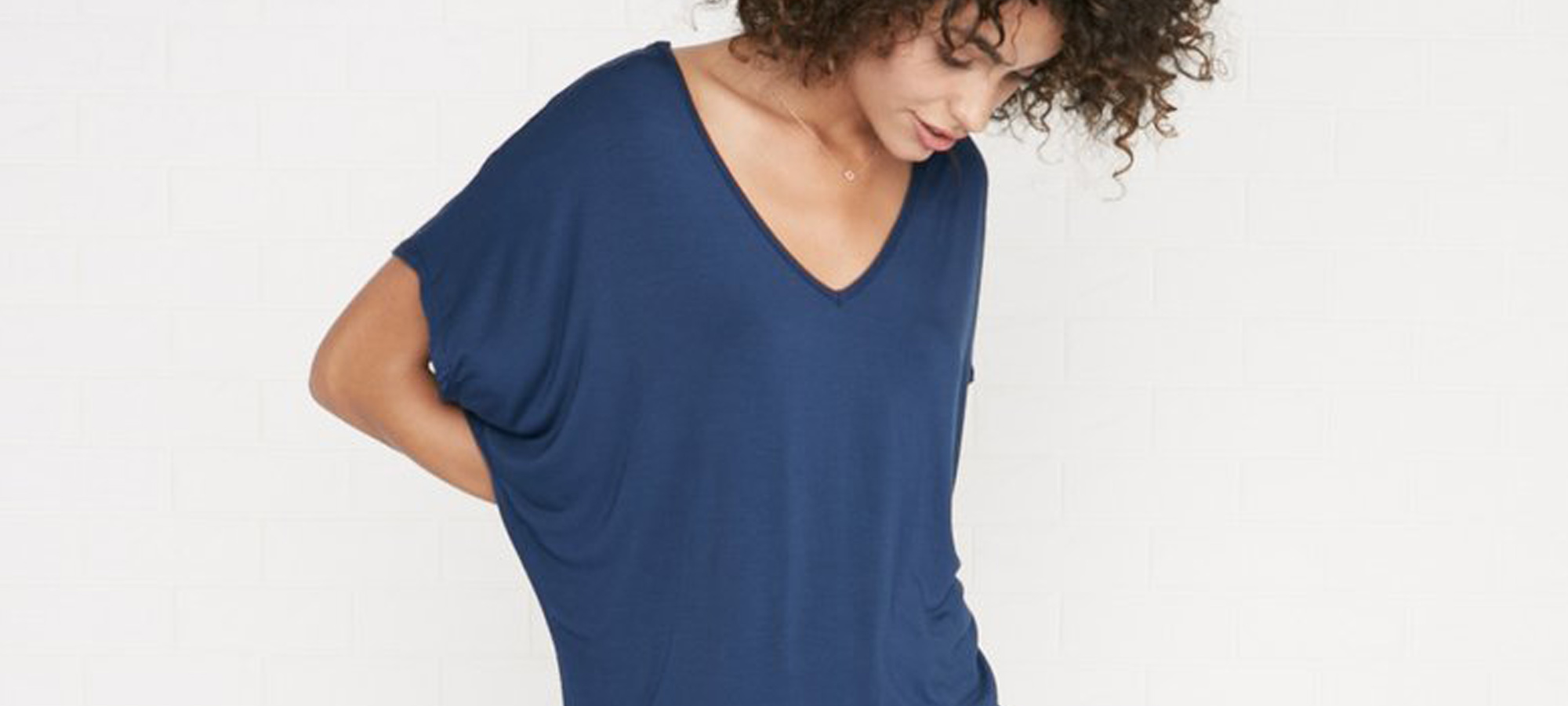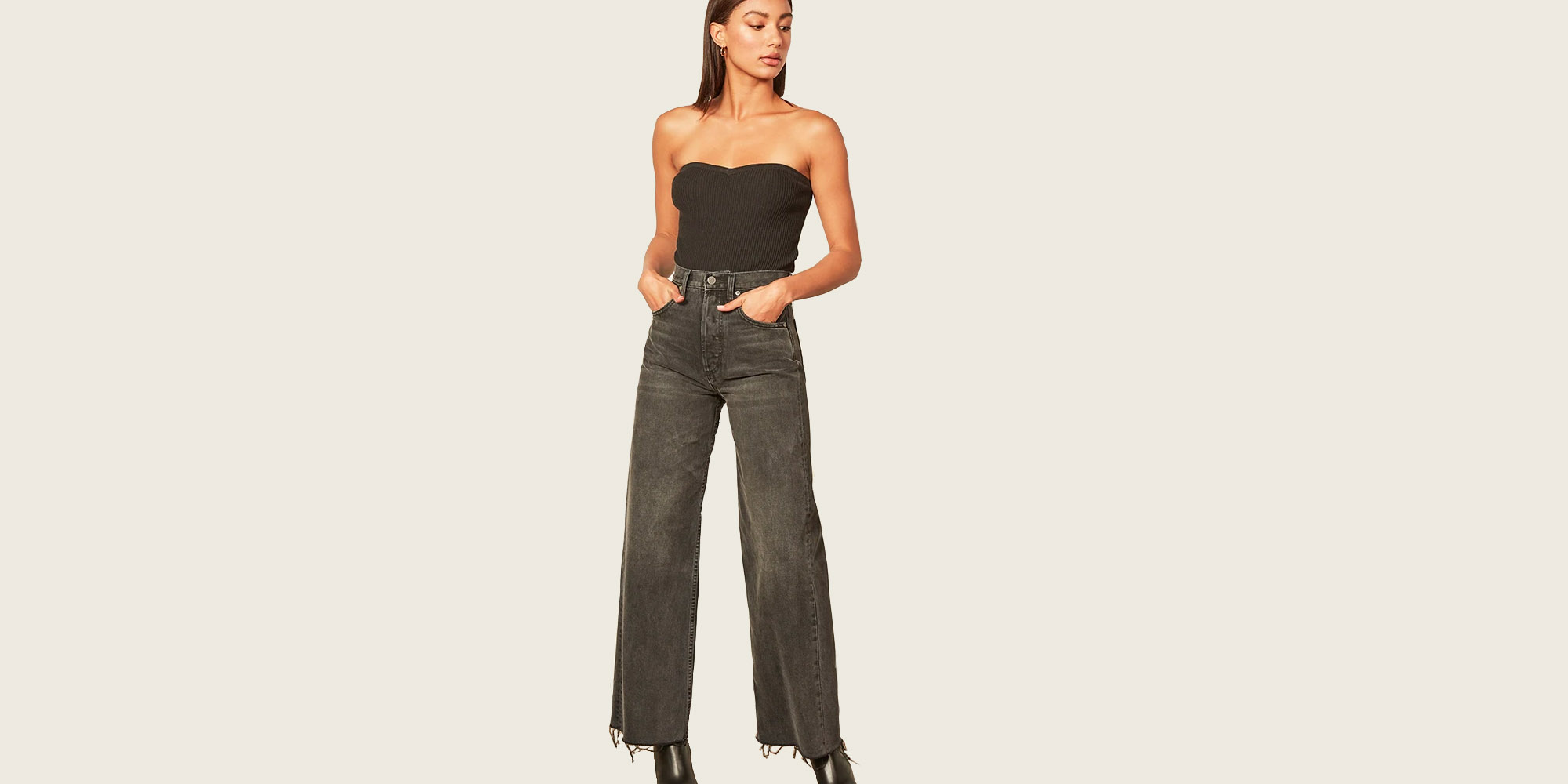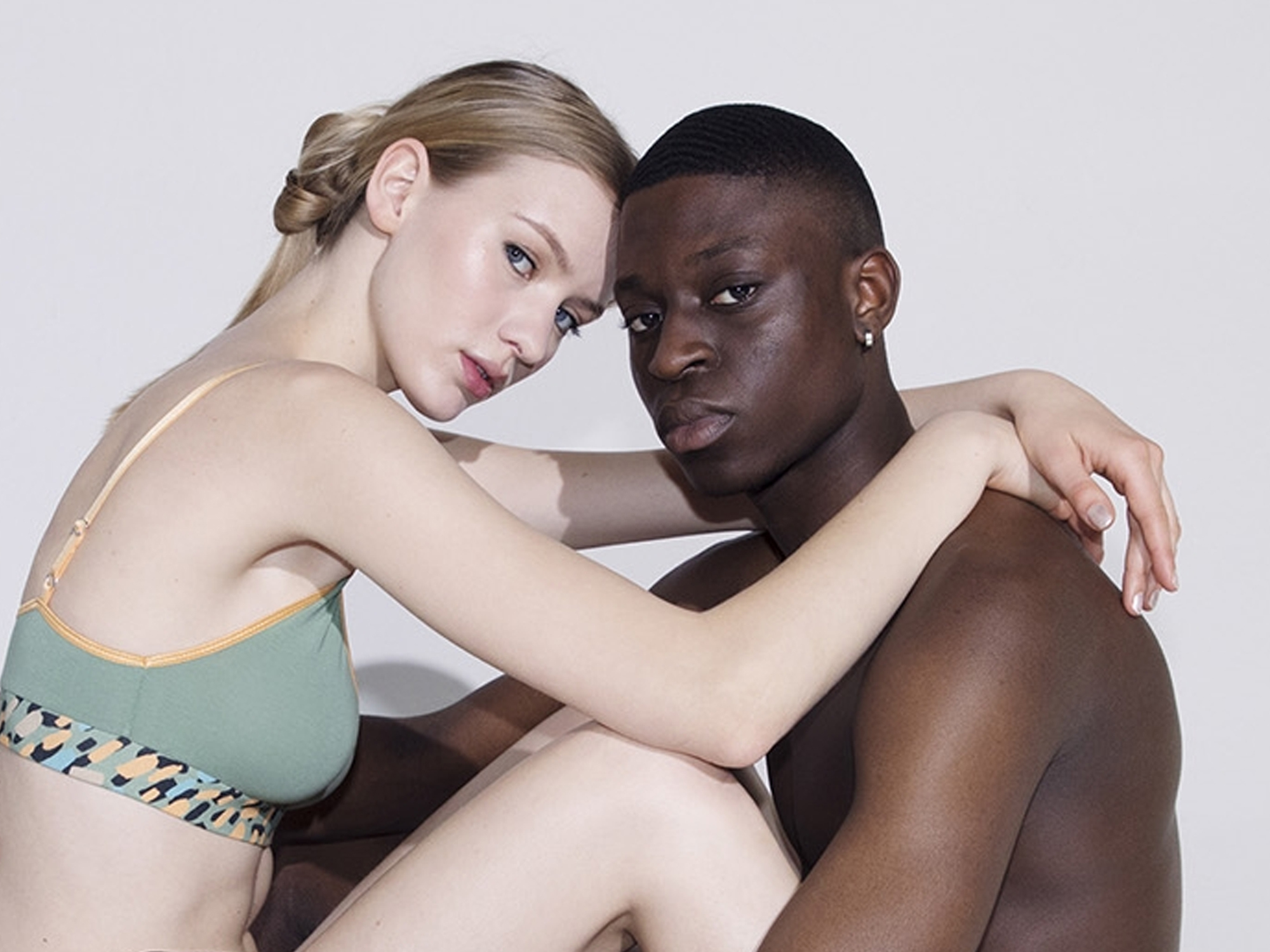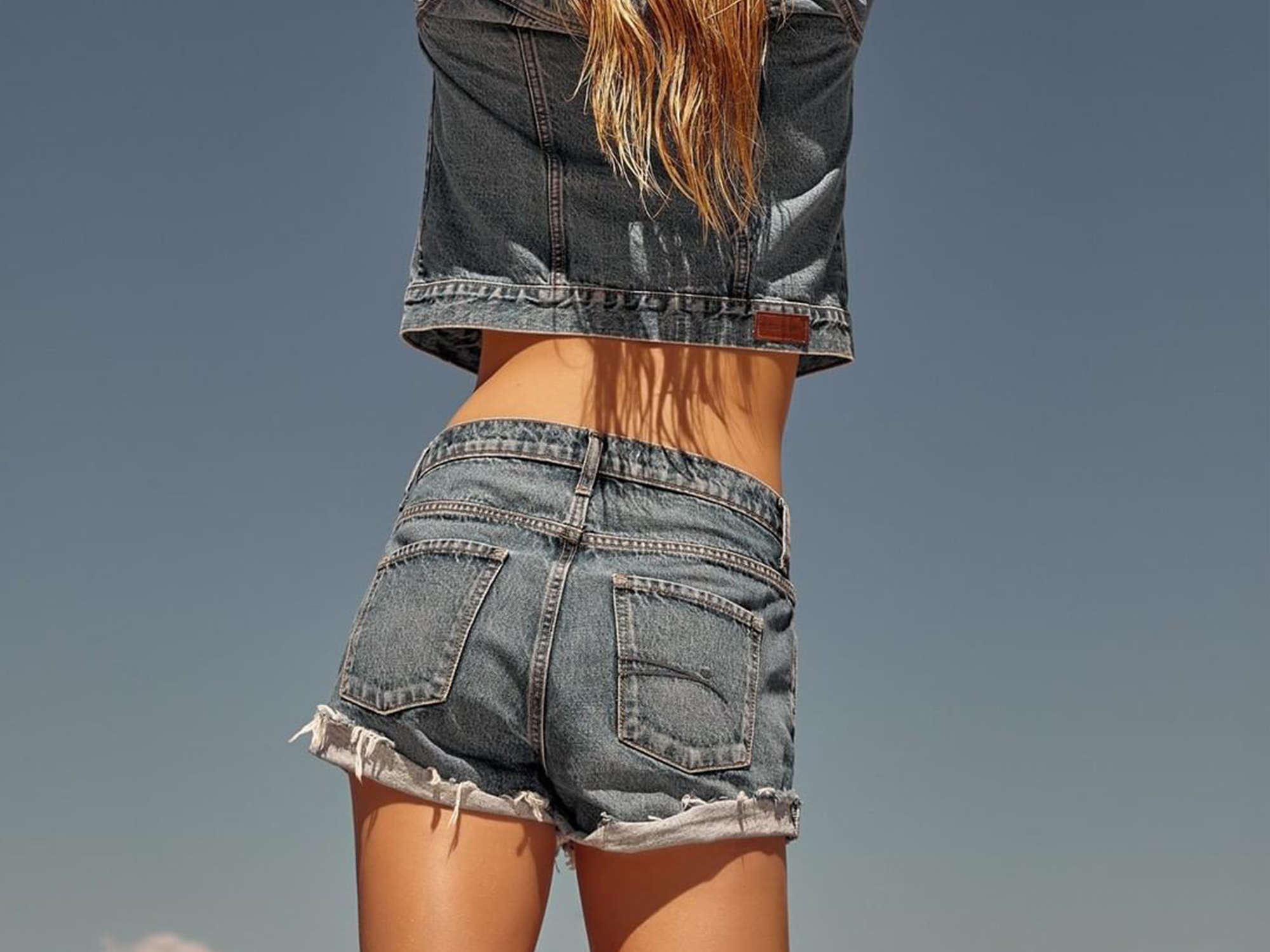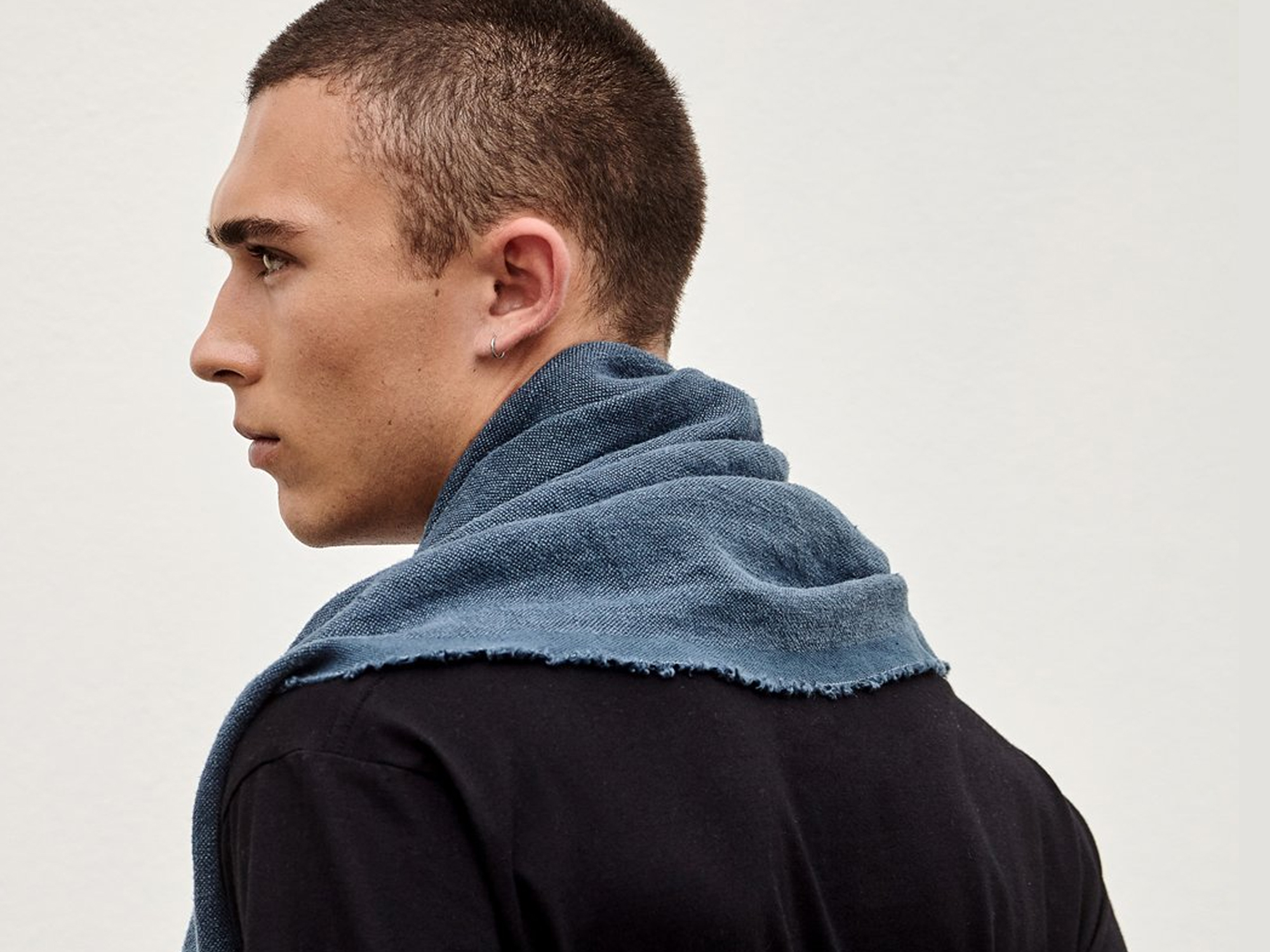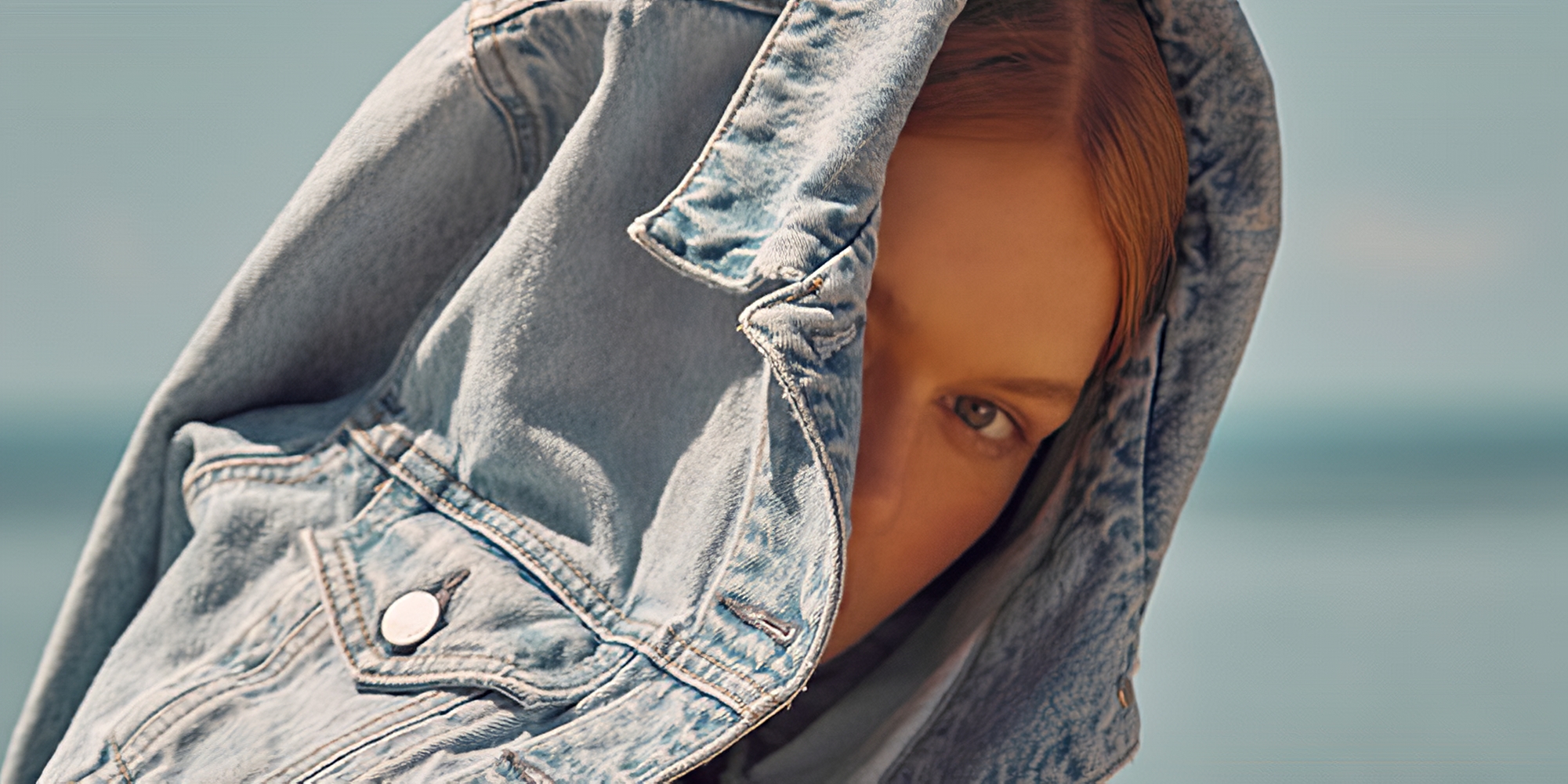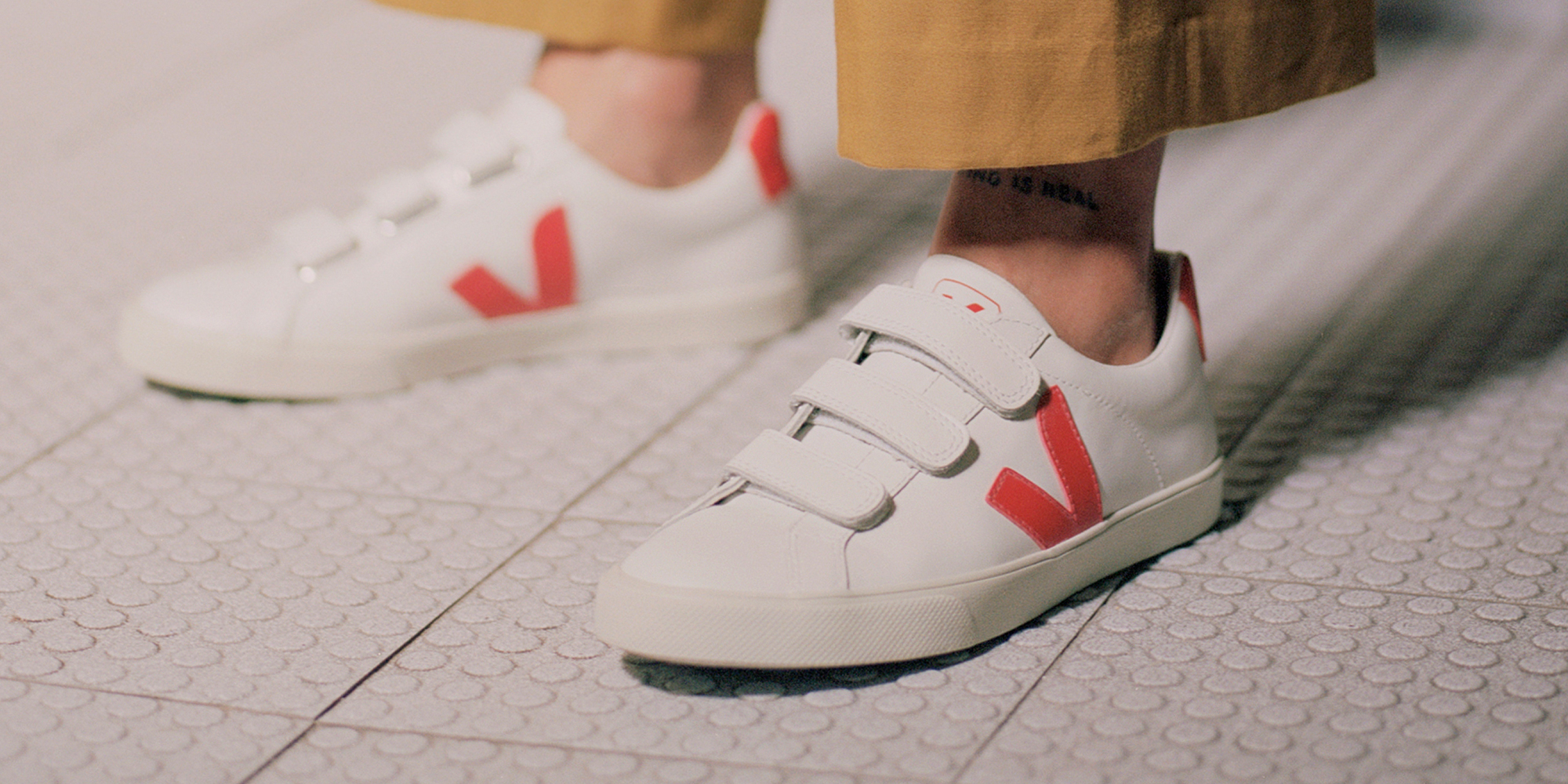Our editors curate highly rated brands that are first assessed by our rigorous ratings system. Buying through our links may earn us a commission—supporting the work we do. Learn more.
Tommy Hilfiger is a quintessential American label, but just how ethical is it? This article is based on the Tommy Hilfiger rating published in October 2022.
Tommy Hilfiger is the epitome of classic American preppy fashion. Founded in 1985 by Tommy Hilfiger, the namesake label has grown to be one of the most recognised premium brands in the world.
In 2020, the brand with the trademark blue, red, and white rectangle logo (which was bought out by PVH in 2010) launched its “Make It Possible” initiative, a sustainable fashion program designed to reduce the brand’s impact on the planet and improve the lives of the people in the company’s value chain.
So, how is Tommy Filifiger’s plan towards sustainability going? How is the famous American brand impacting the planet, people, and animals? How ethical is Tommy Hilfiger?
Environmental impact
We rate Tommy Hilfiger “It’s A Start” for its impact on the planet. The brand uses some eco-friendly materials, including recycled materials. In Spring 2019, Tommy Hilfiger launched its first 100% recycled cotton denim jean, using leftover cotton scraps from cutting tables and factory floors and fabrics made from recycled plastic bottles.
The brand has also set a science-based target to reduce greenhouse gas emissions generated from its own operations and supply chain, and has a policy approved by CanopyStyle to prevent deforestation of ancient and endangered forests in its supply chain.
But we found no evidence that Tommy Hilfiger is on track to meet its greenhouse gas emissions target nor that it minimises textile waste when manufacturing its products.
Tommy Hilfiger wants its products to be circular by 2030, and while these first steps are commendable, it’s not quite there yet.
Labour conditions
When it comes to people, the American brand is also rated “It’s A Start”. Tommy Hilfiger says it wants to create “a workplace where everyone has the opportunity to maximise their potential”, but is that really the case, and does it apply to everyone in the supply chain?
The brand is somewhat transparent, having received a score of 59% in the Fashion Transparency Index. It publishes information about its supplier policies, audits and remediation processes; a detailed list of suppliers in the final stage of production; some information about the findings of supplier audits, and some information about forced labour, gender equality, or freedom of association.
And while some of Tommy Hilfiger’s supply chain is certified by the FLA Workplace Code of Conduct and the brand has a project to improve wages in its supply chain, we found no evidence it ensures payment of a living wage. What’s more, the brand discloses policies to protect suppliers in its supply chain from the impacts of COVID-19, but not workers.
Animal welfare
Finally, we rated Tommy Hilfiger “Not Good Enough” for its impact on animals. The brand has a formal animal welfare policy aligned with Five Freedoms, and it does not use angora, fur, or exotic animal skin. However, it still uses leather, wool, exotic animal hair, and down (accredited by the Responsible Down Standard). It traces some animal products to the first stage of production, but should be more transparent about the origins of its animal-based products to achieve a better score here.
Overall rating: It’s a start
So, how does Tommy Hilfiger fare overall? We gave Tommy Hilfiger a general rating of “It’s A Start”. The brand is making some progress and has set some ambitious goals, but it still has a lot of work to become more sustainable and ethical. The brand could start by reporting on its progress towards achieving its greenhouse gas emissions reduction target, paying its worker a living wage, and using less—or even better, zero—animal-derived materials in its products.
Note that Good On You ratings consider 100s of issues, and it is not possible to list every relevant issue in a summary of the brand’s performance. For more information, see our How We Rate page and our FAQs.
Good swaps
Sustainable alternatives to Tommy Hilfiger





